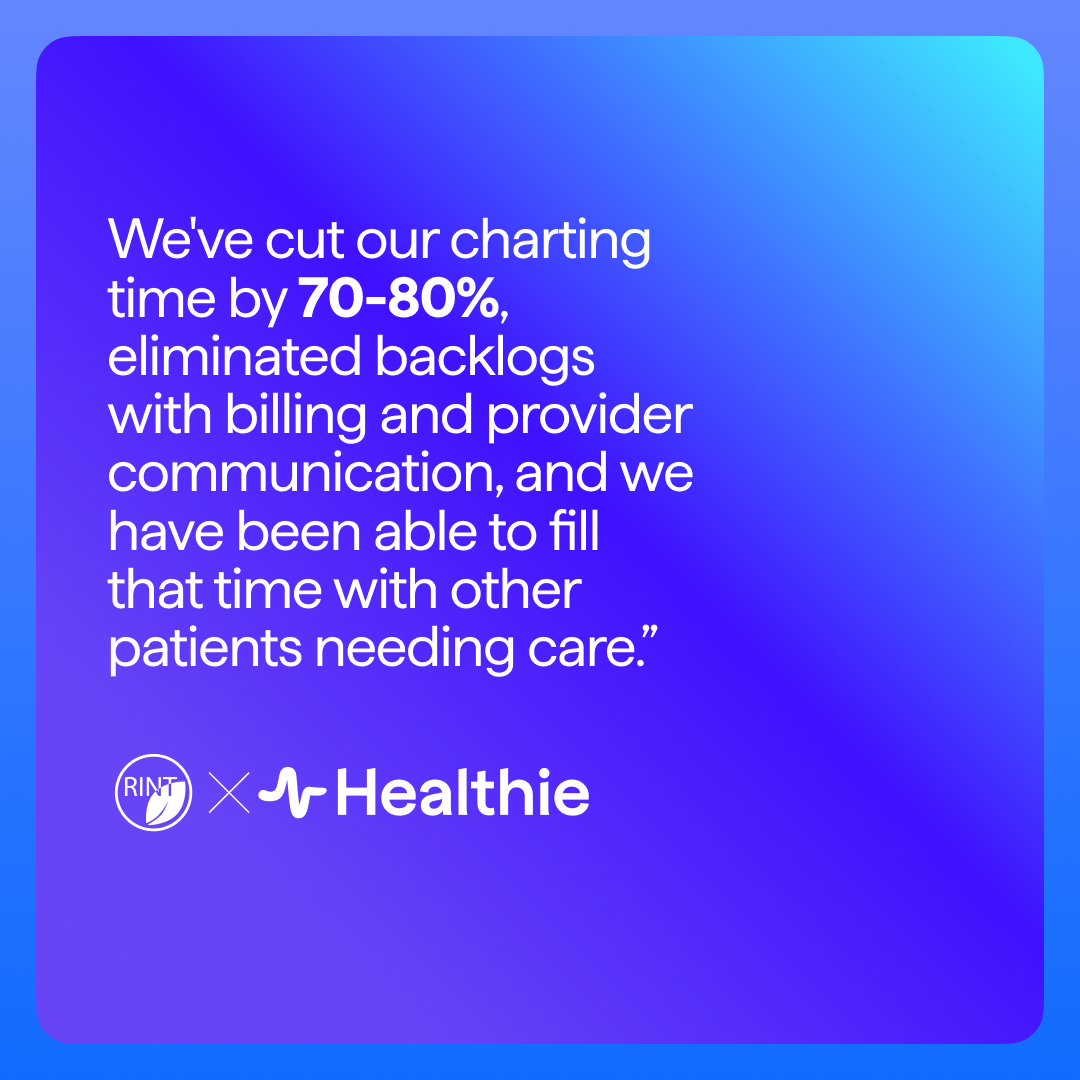
.png)
Guide to Mapping & Tracking the Client Journey
Start client mapping in healthcare to expand your practice! Learn how to reach new healthcare clients with healthcare crm and more from Healthie.
As a wellness provider, generating client leads is a crucial part of expanding your client base and your business. There are a variety of strategies for creating this widespread client base; one of those includes building a strong client referral network. This can be achieved by creating a comprehensive customer journey strategy.
What Is a Customer Journey in Healthcare?
Your customer’s journey is made up of every interaction with your company, from the very first look at your website all the way to signing up with you as their provider. Your healthcare client's journey includes a variety of touch-points, in which the customer makes contact with your company. Client tracking can help you discover where your clients come from, what path enables the most sign-ups, and where clients encounter obstacles.
Mapping the Healthcare Client Journey
In order to have a clear understanding of your client’s journey, you must take time to create a client journey map.
What Is Mapping in Healthcare?
Mapping in healthcare is the process of creating a visual representation of each of those interactions, which come together to create a pathway that leads your client to achieve a goal; likely, signing up for an appointment with you.
To create a comprehensive client journey map, you should first list out your objectives for this map. What do you hope to learn about your healthcare clients through this strategy? Then, take some time to explore the different profiles of your clients and what their goals are.
The critical next step in mapping in healthcare is to identify all of the possible touch points healthcare clients may encounter; these may include visits to your blog or website, following you on social media, email marketing, or a referral from a current client. From here, you can outline the different pathways clients along each of these interactions take to signing up with you.
What Should a Customer Journey Map Include?
When mapping your client’s journeys, there are four areas to consider: actions, motivations, questions, and obstacles.
- Actions include what your customer is doing at each stage along their journey; these include actions such as commenting on your Instagram photo, downloading a freebie, or signing up for a webinar.
- Motivations are what encourage your client to continue along their journey, from one interaction to the next.
- Questions are the points where inquiries arrive and clients must find the answer; be sure they have easy access to common questions that may arise.
- Lastly, clients will encounter obstacles to achieving a goal with you; these may include available time, cost of services, or readiness to change.
A clear visual representation of all of these pathways will allow you to adopt the client’s point of view when interacting with your wellness business. This map allows you to evaluate the journey clients currently undergo and rework it to be the most efficient and effective process for your new clients.
By understanding the client’s journey, you, as the provider, can have a deeper understanding of client pain points and obstacles on their way to work with you. Discover the best ways to streamline these goals for clients, organize your practice, manage client scheduling, and develop other offerings today with Healthie’s Free Starter Plan.
Benefits of Client Tracking & Journey Mapping in Healthcare
Optimize the Client Onboarding Process
Mapping your customer journey allows you to optimize your client onboarding process. In identifying the touch-points with your company, you are able to have a deeper understanding of any pain-points leads may encounter along the way as well. These could include anything from your website taking too long to load to healthcare clients not being able to find your “Contact Me” page. Snags such as these leave clients feeling frustrated and will deter them from working with you.
Research has shown that 33% of customers will consider switching brands after just one negative experience. The process should be seamless and simple, so that clients have a good initial impression of you and are excited to get started working together.
Expand your Client Network
Mapping your clients’ journey gives you the tools necessary to grow your client network. Once you’ve solidified clear pathways that you clients follow on their way to work with you, you can identify your client sources.
With client sources identified, you can then allocate the appropriate resources towards improving your reach at the source. For example, you may find that the majority of your healthcare clients find you through your social media page. With that knowledge, you can create an optimized social media strategy to increase visibility online.
Or, maybe you gain new clients through word of mouth and recommendations from current clients. In that case, you can begin a rewards program for clients that continually refer new leads. Either way, a targeted strategy towards your most productive source of clients ensures the expansion of your network.
Improves Customer Retention Rate
When mapping the customer journey, you are able to identify similar patterns in the different types of leads you follow. One of these patterns may be actions that leads who tend to churn tend to take. Churned customers are those that move out of the customer journey at any point in time. This includes after they’ve signed on to work with you as well.
Once aware of these patterns, you will be able to easily spot potential churns before they actually churn. For leads, this may mean more individualized and targeted marketing to ensure they stay on the path to working with you. For current clients, this may mean taking the time to re-evaluate your plan for working together and come up with something that will be increasingly beneficial for both of you. You can also always check in with your clients through convenient client messaging or by setting up food, lifestyle, or activity journaling with your clients. Click here to learn how to set up these features with Healthie’s Free Starter Plan today.
What Is CRM Software in Healthcare?
Client tracking software, also known as a customer relationship management system (CRM), is software that allows you to manage relationships with both current clients and potential leads. A CRM system is the key to tying together every aspect of your customer journey and optimizing the client tracking process.
Leveraging Healthie as a Client Tracking Software
Healthie’s healthcare CRM client tracking database allows you to keep track of clients along every step of working with you.
- Intake Forms: Clients will automatically get intake forms sent to them upon signing up. Within Healthie, you can track the status of those forms and remind clients to fill them out. Additionally, add a field to your client forms to learn how they heard about your business and capture referral details.
- Appointment Reminders & Confirmation: Send clients appointment reminders and allow them to confirm directly to avoid no-shows and late cancellations.
- Client Engagement Suite: Build strong client relationships using engagement features such as chat, journal, care plans, and more.
- Referral Management Tool: Keep a detailed list of all referring providers in your network and their contact details, in addition to which clients they’ve referred.
What CRM Is HIPAA Compliant?
Healthie’s CRM software is 100% HIPAA compliant. This includes the Privacy, Security, & Breach Notification Rules and the Administrative & Physical Safeguards. Streamline your business operations and client management. Get started with Healthie, the all-in-one practice management solution for wellness professionals.




